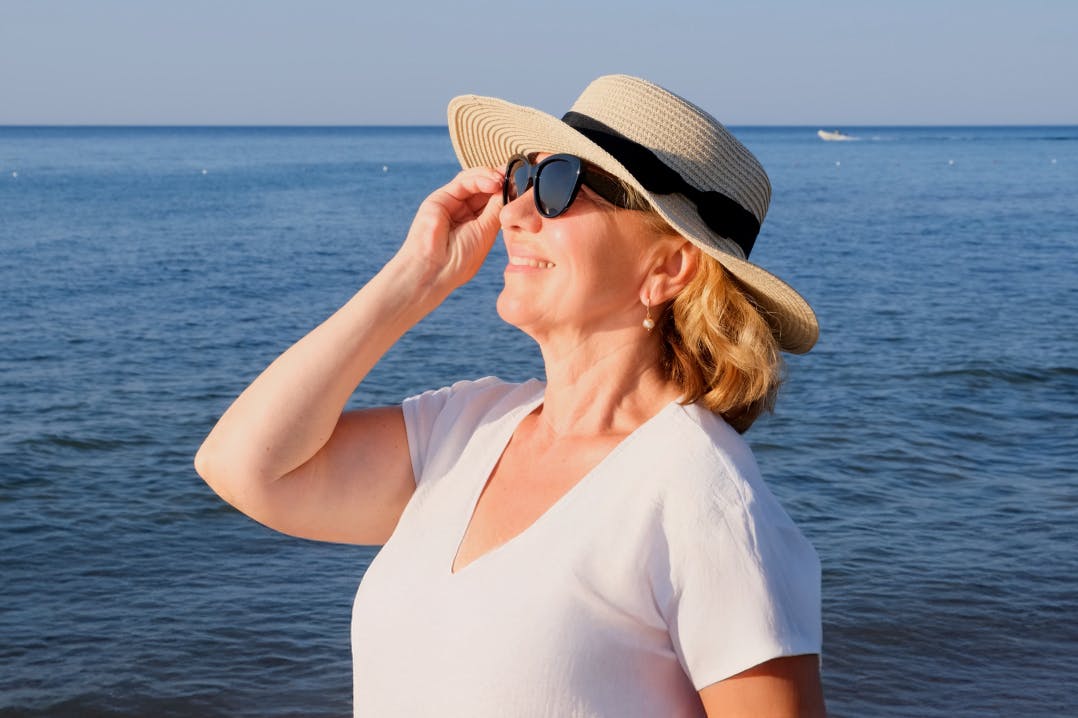Disclaimer: This information is not a substitute for professional medical advice, diagnosis or treatment.
Australia has the highest rate of skin cancer in the world, and two in three Australians will be diagnosed in their lifetime. Many of us think about sun protection when we’re at the beach or spending long days outdoors, but UV damage can happen in minutes and can even occur during everyday activities like walking the dog or hanging out the washing.
Everyday exposure adds up
According to Cancer Council research, incidental sun exposure (the short bursts you spend in the sun without realising it) can significantly increase your lifetime risk of skin cancer. Even when the temperature feels mild or the sky looks cloudy, UV levels can still be high enough to cause damage. For this reason, it’s recommended to check the UV Index every day and use the sun protection whenever the UV level is 3 or above.
How to check the UV rating
You can check the UV rating easily using:
- Your smartphone weather app, most now include UV forecasts
- The Bureau of Meteorology (BOM) website or app
- The SunSmart app, which provides real-time UV alerts for your location
If the UV Index is 3 or higher, it means the level of ultraviolet radiation is strong enough to damage to damage your skin and may increase your risk of skin cancer, even if it doesn’t feel hot or sunny.
The five forms of sun protection
When considering sun protection for your skin, just remember the five S’s:
- Slip on sun-protective clothing that covers as much skin as possible
- Slop on SPF50 or 50+ broad-spectrum, water-resistant sunscreen and reapply every two hours
- Slap on a broad-brimmed or legionnaire-style hat to protect your face, head, neck and ears
- Seek shade wherever possible, especially during the middle of the day when UV is highest
- Slide on sunglasses that meet Australia Standards to protect your eyes
Misconceptions about sun safety
There are a few misconceptions about sun protection – here are a few to stop believing:
Myth: You don’t need sunscreen on cloudy days
Fact: Up to 80% of UV rays can pass through clouds
Myth: You can’t get sunburnt through glass
Fact: While UVB (the primary cause of sunburn) is blocked, UVA (the ageing and damaging ray) can still penetrate glass
Myth: A tan protects you from the sun
Fact: A tan is a sign that your skin has already been damaged and it doesn’t protect you from further harm
Know your skin
It’s important to know your skin and what looks normal for you. If you notice any changes in the size, shape or colour of an existing spot, don’t put off getting it checked by a GP or dermatologist. The sooner a skin cancer is identified and treated, the better chance of avoiding surgery or case of a serious melanoma or skin cancer.











